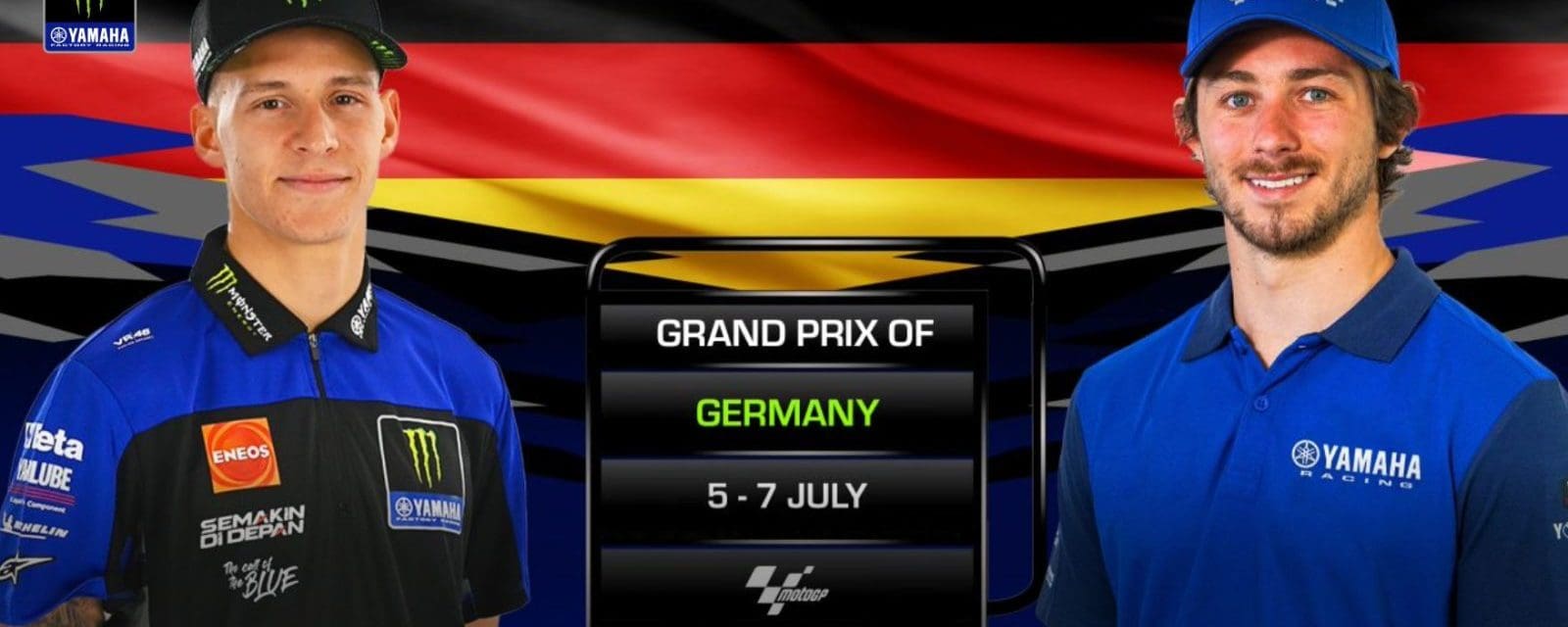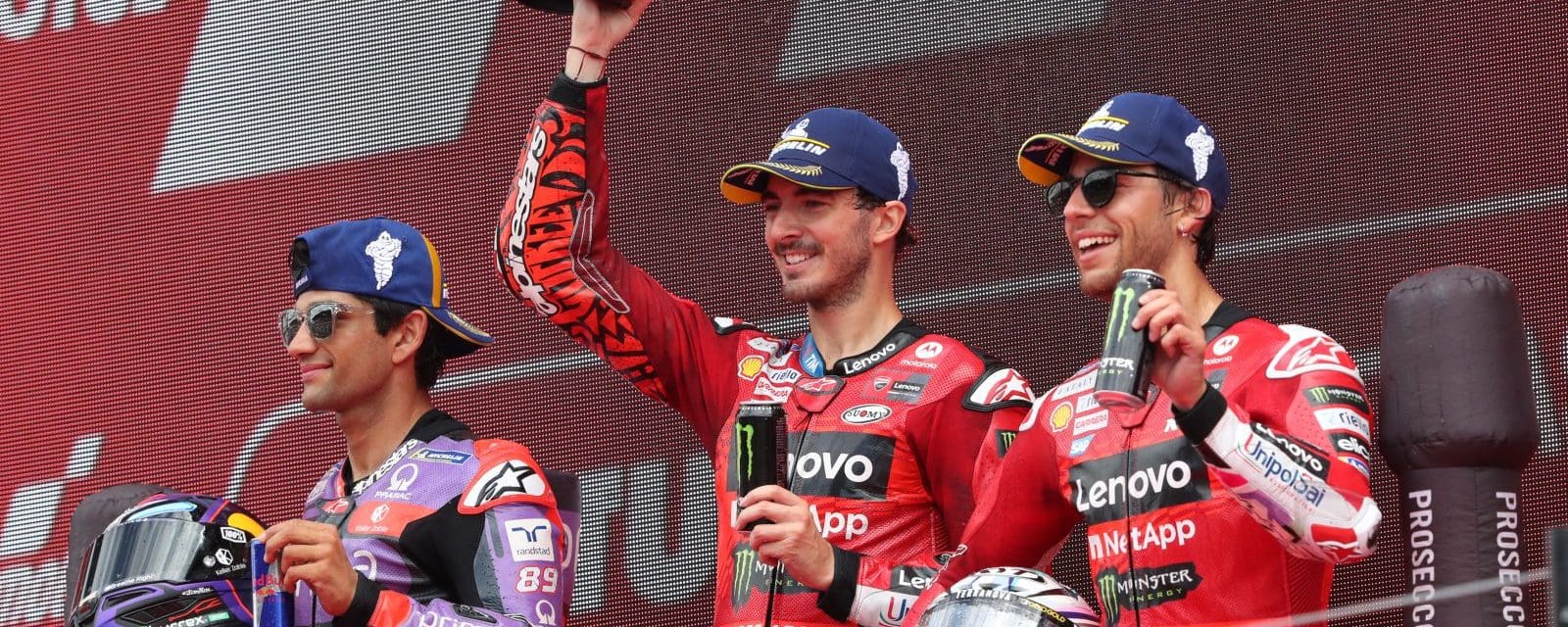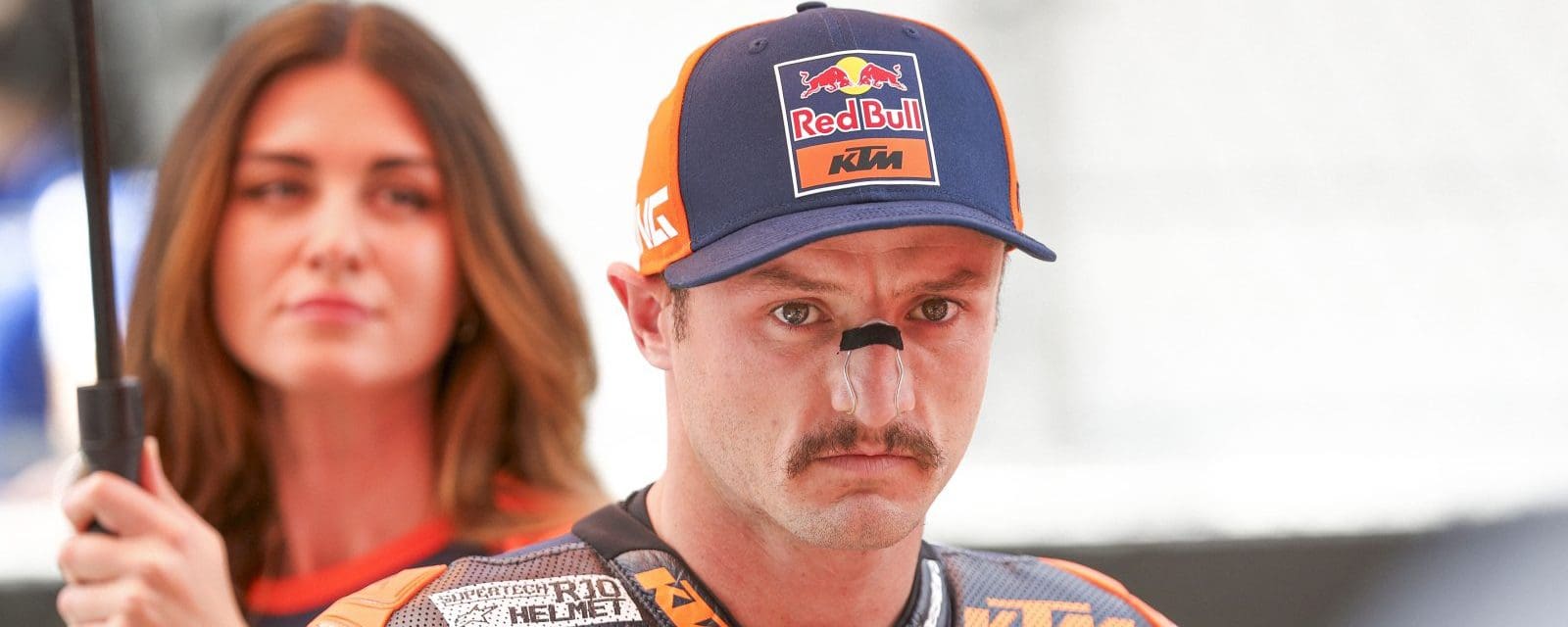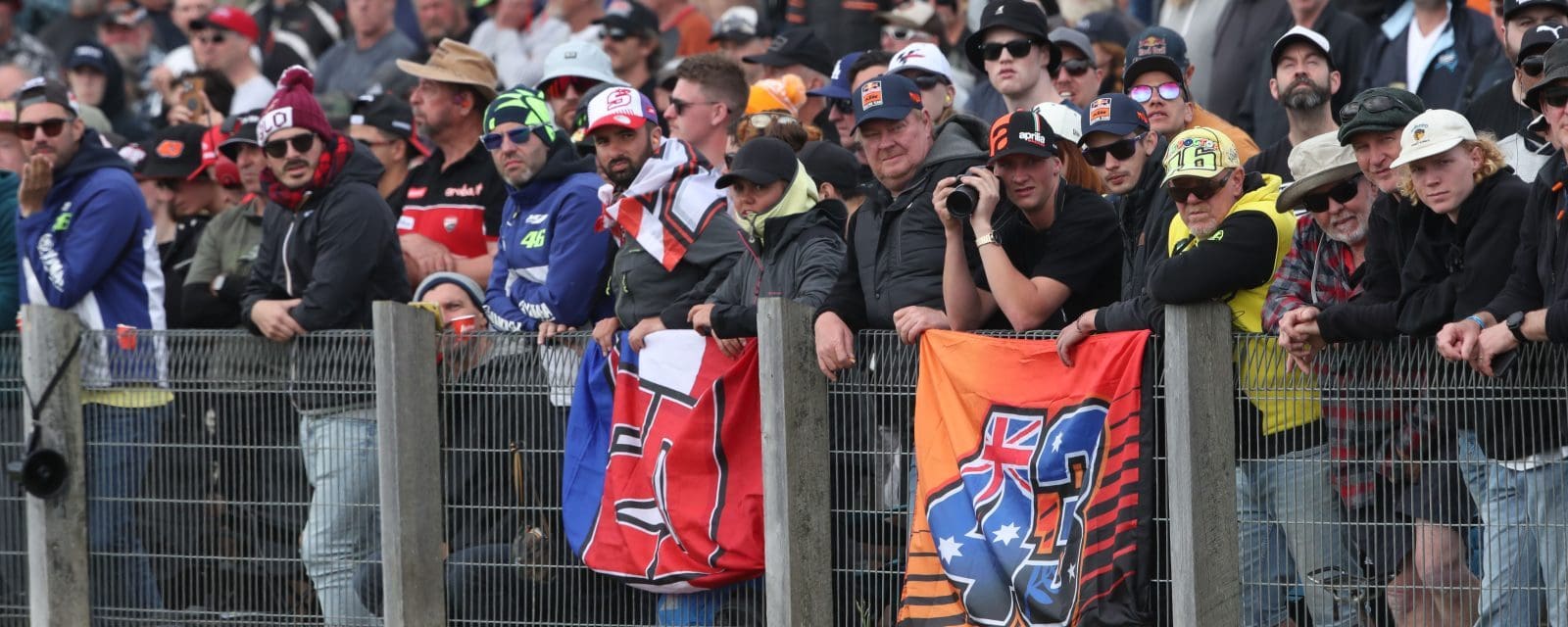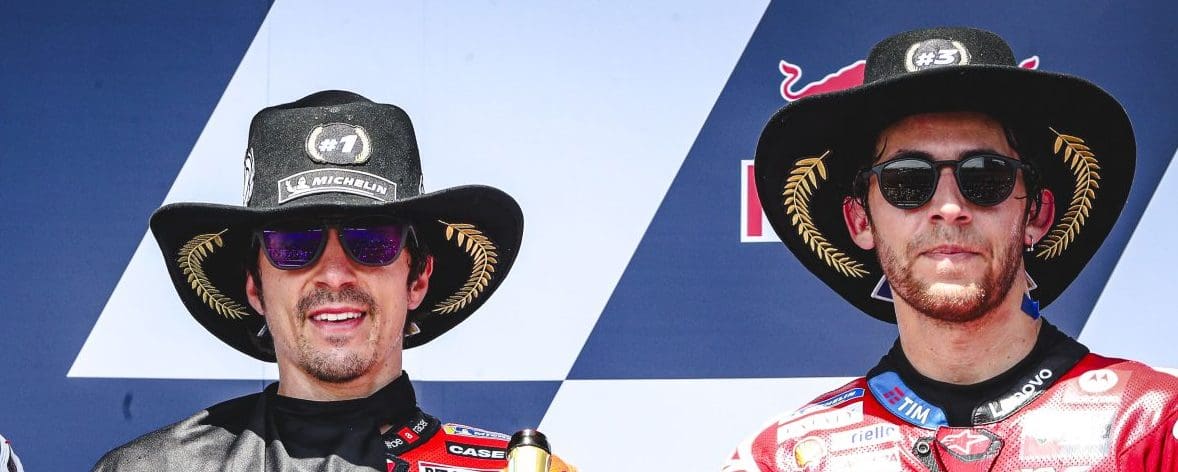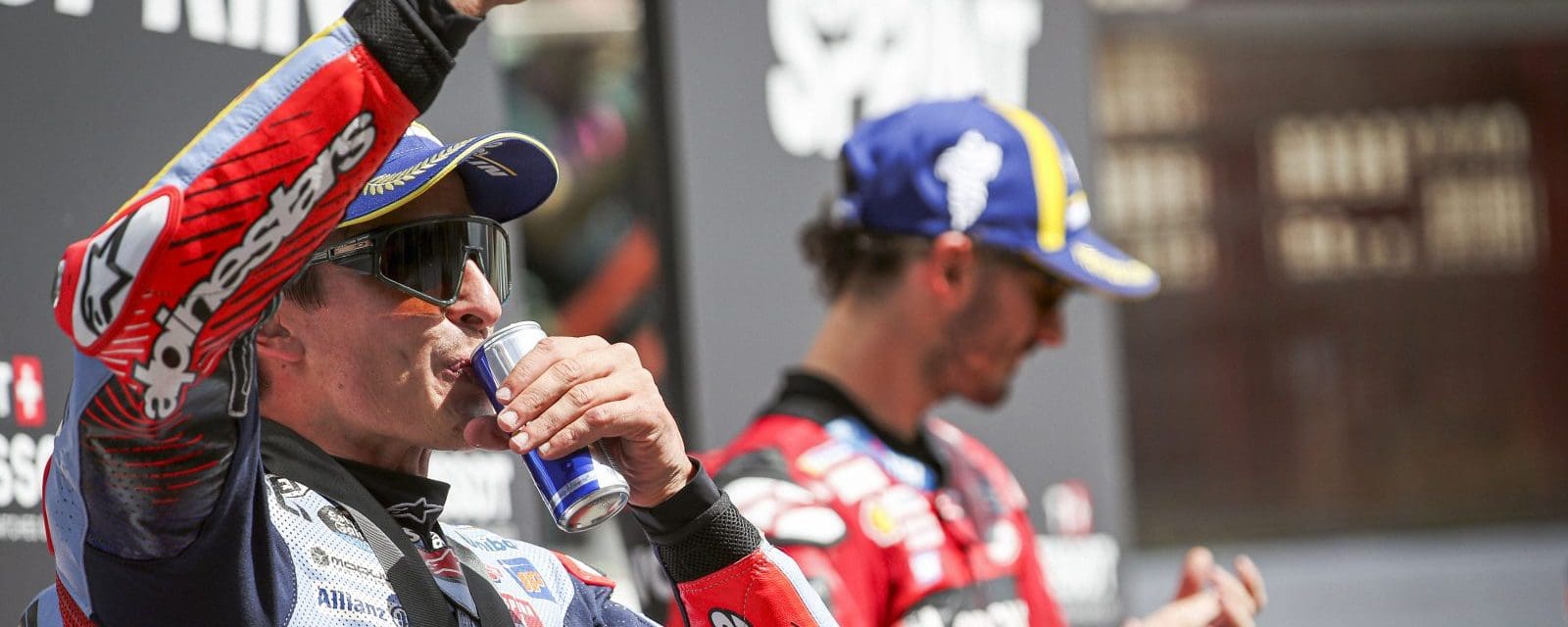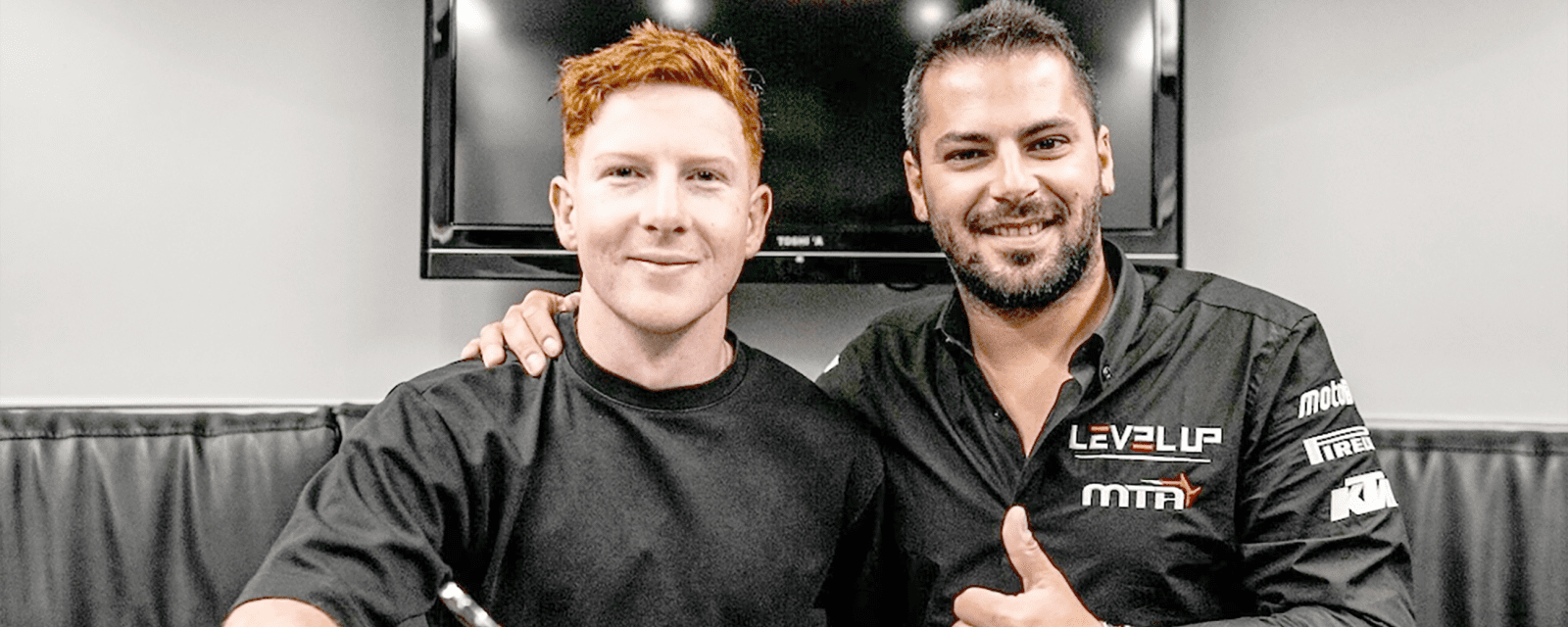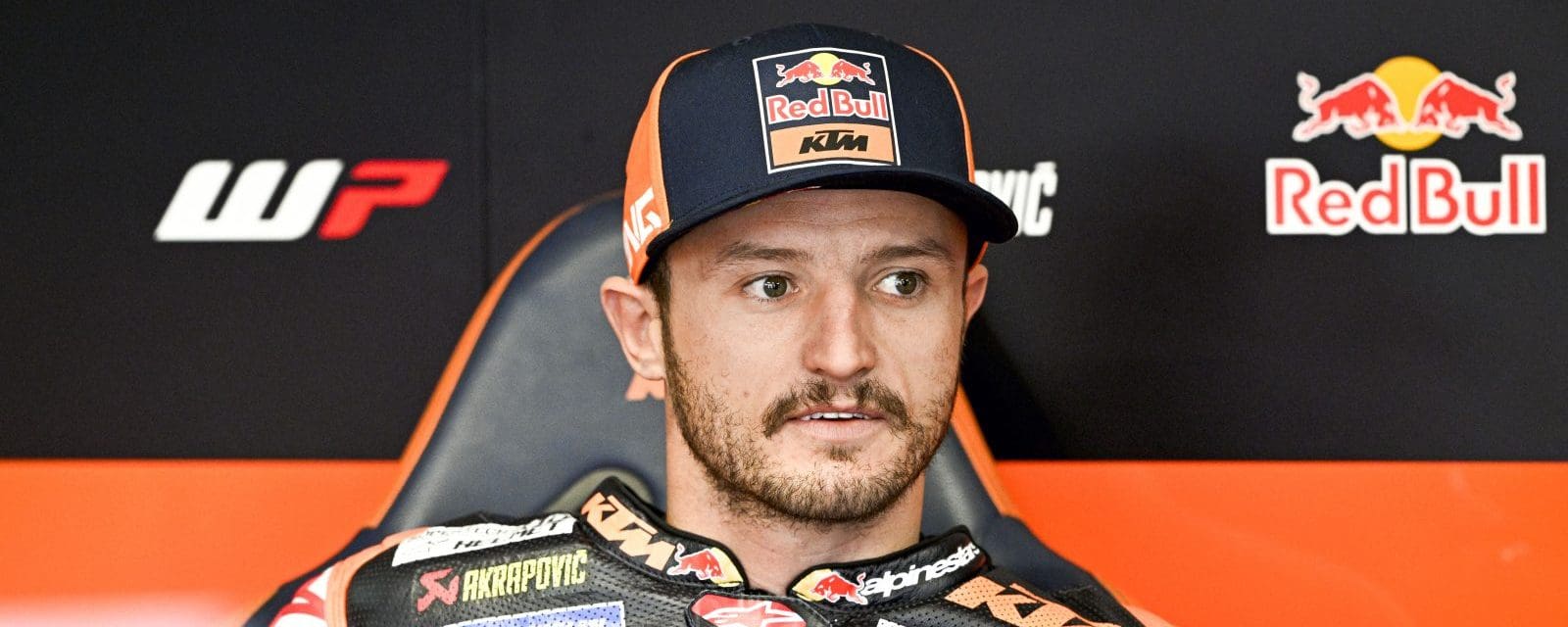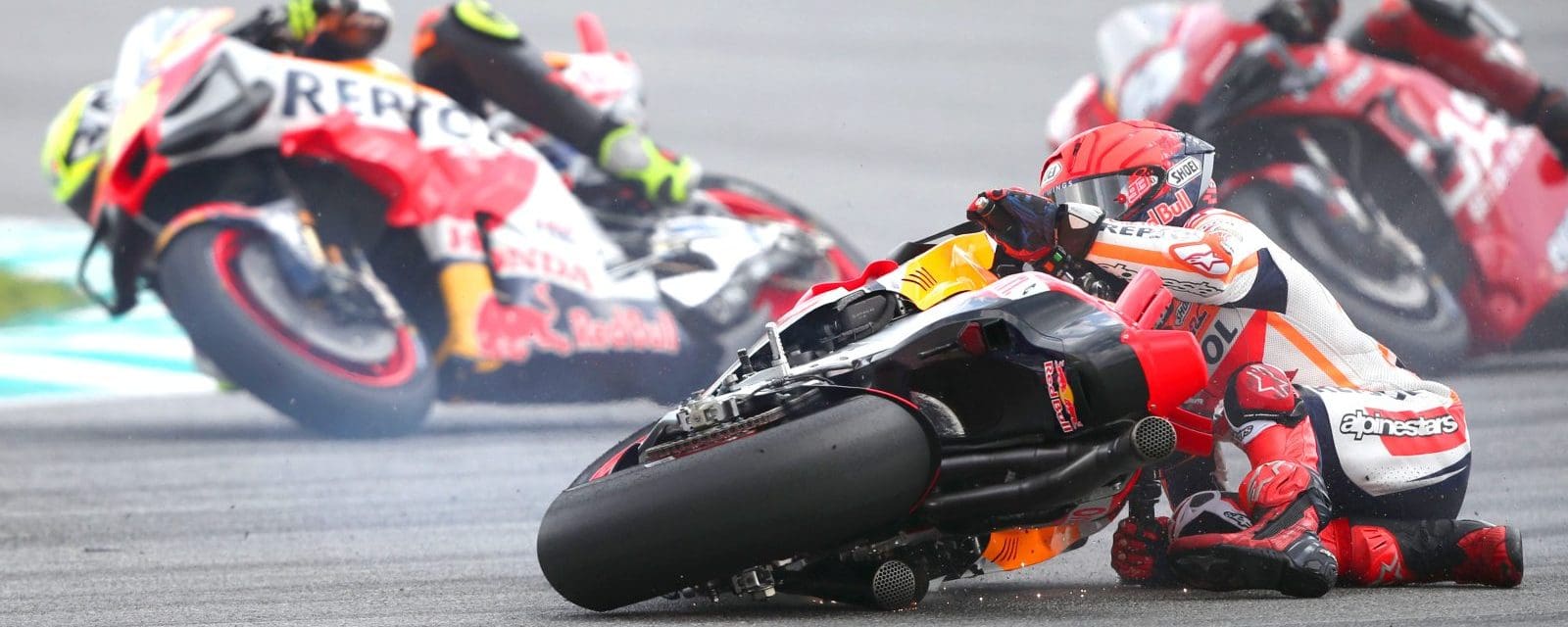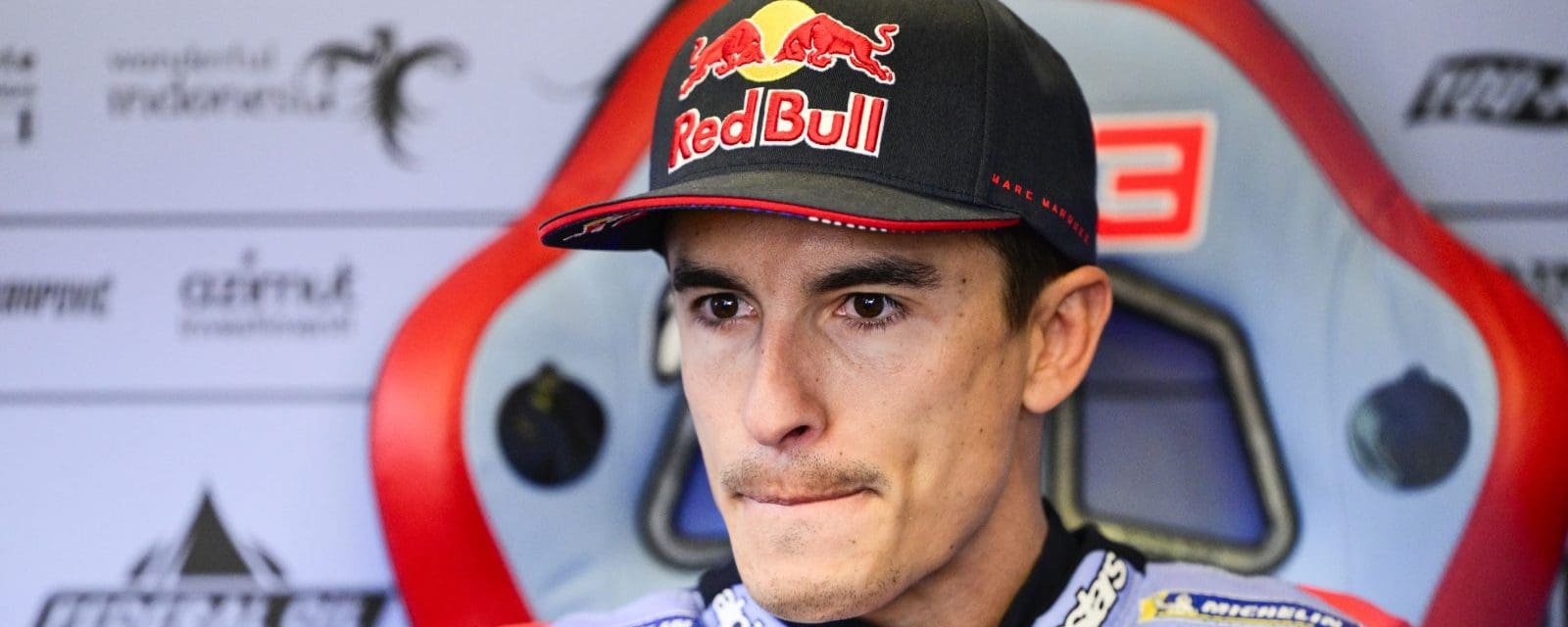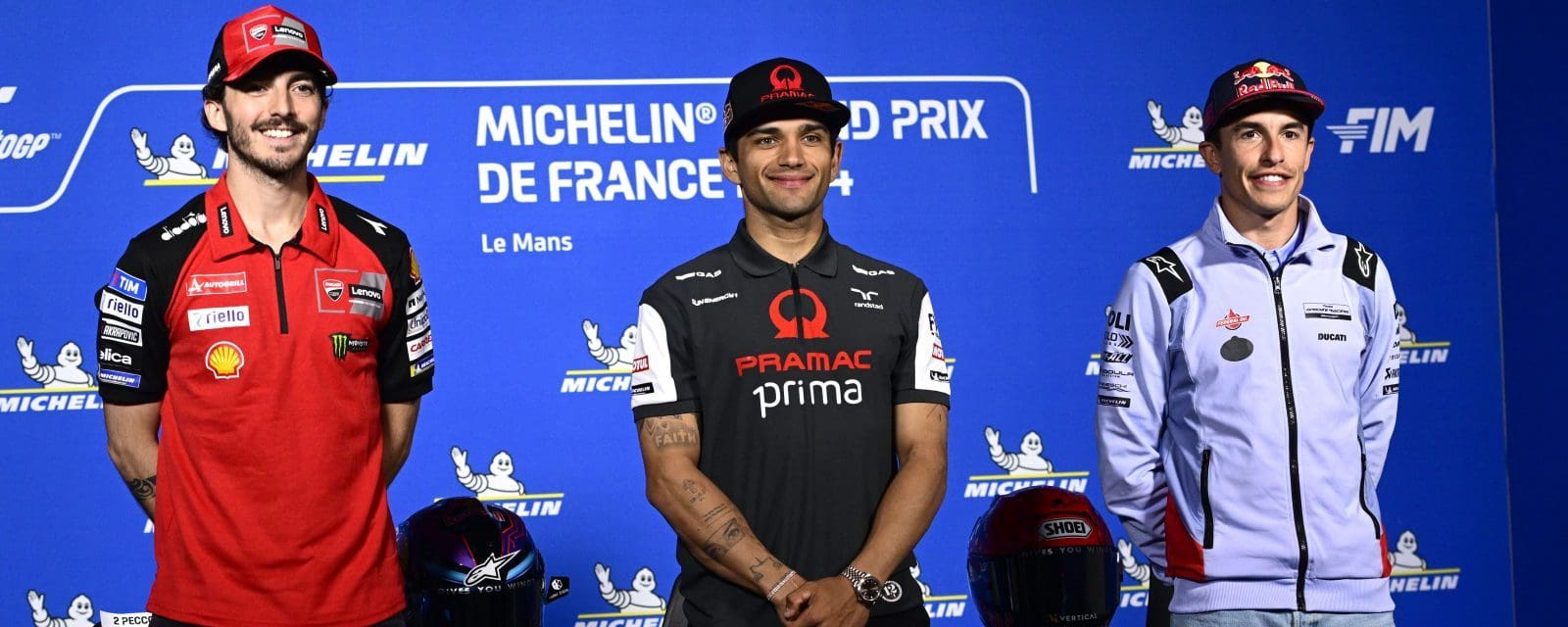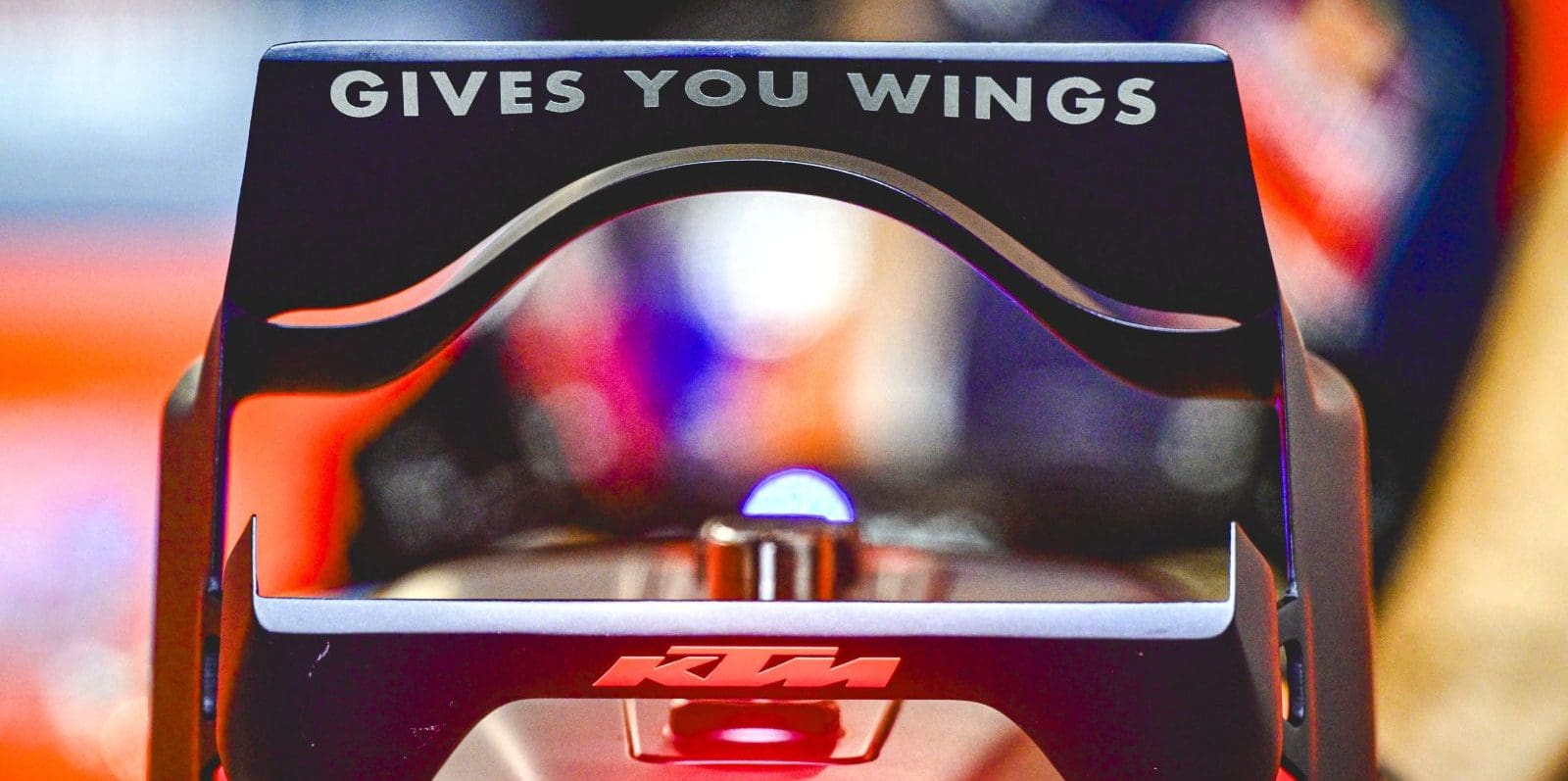Visitors to the Phillip Island Grand Prix circuit for the Australian MotoGP this year have a treat in store. For now on permanent display in the History of Motorsport Museum at the circuit’s Visitor Centre is a superb collection of GP-winning Italian factory two-stroke racers from Aprilia and Cagiva. The collection was recently acquired by the circuit’s owners, the Fox family, from a private collection in Italy.
The array of nine Cagivas, which between them scored three grand prix victories and 13 podiums, covers the glory years of the Italian marque, during the decade when it became a serious rival to the Japanese manufacturers thanks to the passion of the two Castiglioni brothers, Gianfranco and Claudio.

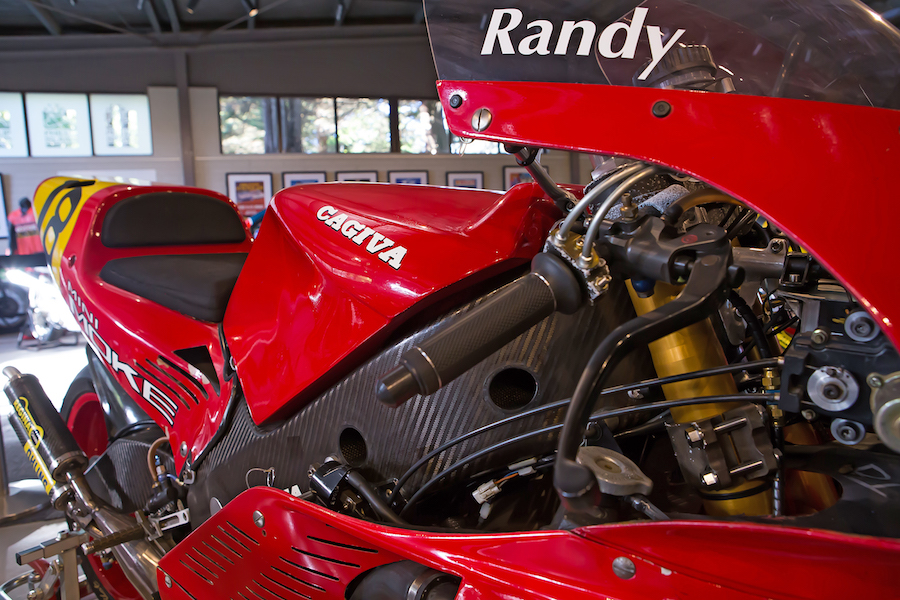
Push start
The brothers had only one real objective when it all began in 1978 – being there. As bike-mad fans, they had tried to purchase the MV Agusta race team when it pulled out of racing at the end of 1976, but the upstarts were turned down. Count Corrado Agusta preferred to see MV die in peace rather than let a couple of rich kids take over the glorious four-stroke ‘fire engines’.
Undaunted, the Castiglionis bought a Suzuki RG500, painted it in the MV race colours of red and silver, and entered Marco Lucchinelli on it in 1978 – the same year they purchased the old Aermacchi factory beside Lake Varese from Harley-Davidson, and renamed it Cagiva after their father, Castiglioni Giovanni of Varese. But what the brothers really wanted was the Harley-Davidson race shop that had taken Walter Villa to four 250/350 world titles in the previous three years.
For 1980, 500GP world championship runner-up Virginio Ferrari was recruited to ride the Cagiva Cl,
with a Bakker frame housing an in-line four-cylinder engine owing more to Yamaha than Cagiva. Ferrari qualified 35th in the final round, proving that the new Italian bike wasn’t as fast as a standard TZ500. Time for a rethink!
So the Bakker frame received an all-new in-line four developed in Varese – the first ‘proper’ Cagiva, now with rotary valves behind the cylinders, driven by a combination of bevel gears and toothed belts – that produced 88kW at 12,000rpm. Ferrari finally qualified for a race at the end of 1980, finishing last in the San Marino GP at Imola. But a genuine 500 Cagiva had finally raced in a grand prix.
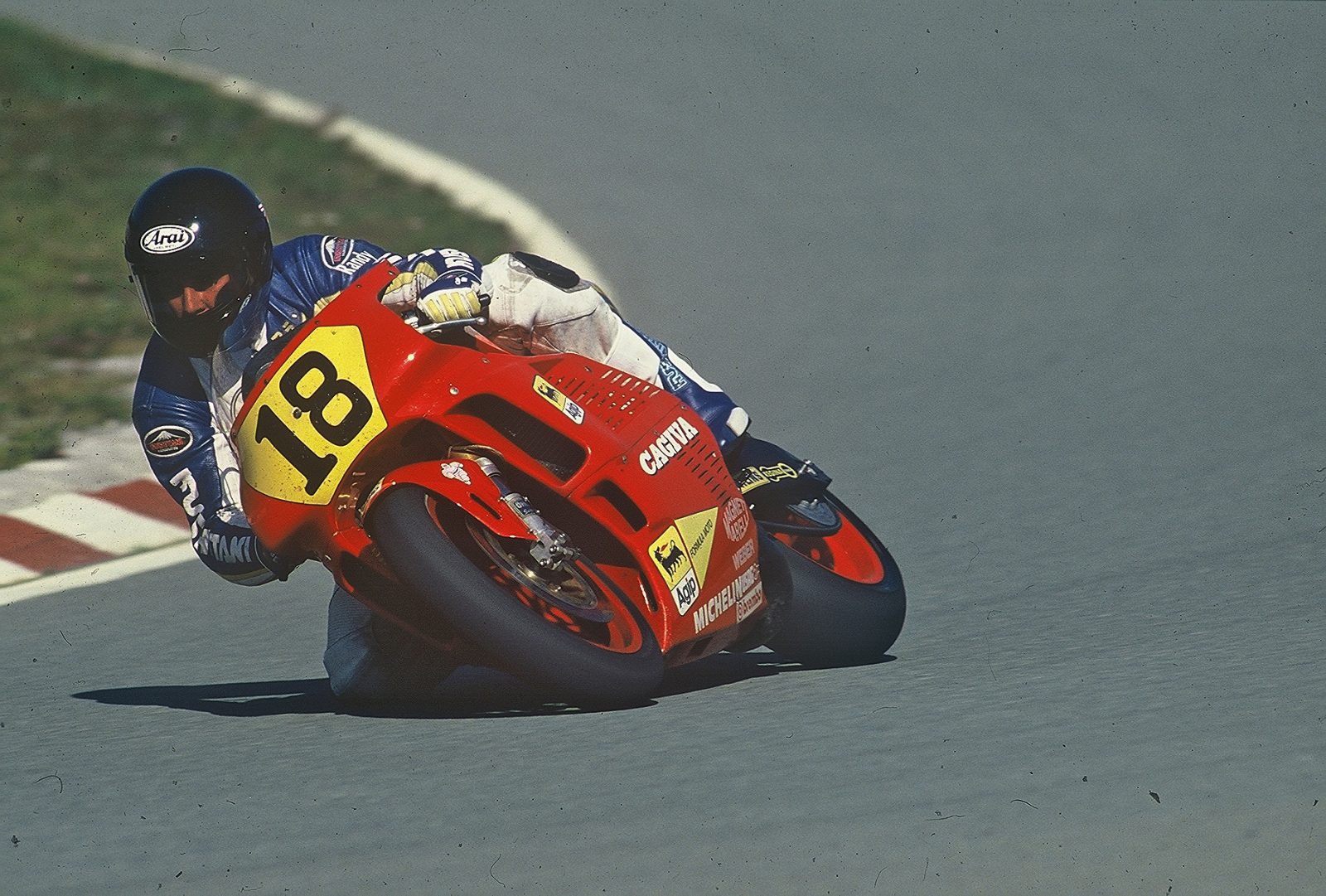
The 1982 C2 was Cagiva’s first rotary-valve square-four racer, unashamedly based on the world champion RG500 Suzuki. Measuring 56 x 50.6mm (like all Cagiva 500GP bikes ever built), the new engine delivered 95kW at 11,600rpm and was easier to ride and faster than the privateer Suzukis and Yamahas filling up GP grids, but had uncertain handling due to its tubular aluminium frame – the first chassis designed in-house at Cagiva. This bike was entrusted to the first of Cagiva’s several foreign riders, South African Jon Ekerold, who as holder of the 350GP title was also the first of several former world champions to join forces with the Castiglionis. Ekerold regularly qualified the C2 and in the final GP of 1982 at Hockenheim he finished 10th to score Cagiva’s first world championship point. Another target achieved.
A rostrum place took a little longer. After failing to convince Ekerold to stay for 1983, Cagiva rehired Ferrari to ride the all-new C7, another rotary-valve square-four. Using electronic powervalves for the first time, they raised power to 99kW at 11,500rpm, but the new tubular aluminium open-cradle chassis using the engine as a stressed member saw weight increase 5kg to 125kg, and handling problems were not resolved by a full-cradle chassis design. Barry Sheene proposed they supply engines for Harris to build him a Cagiva-powered 500GP bike, and this might have been a good move, but the project came to nothing and Ferrari was replaced for 1984 by Marco Lucchinelli.
Read the full story in the current issue of AMCN (Vol 67 No 08) on sale NOW!
words ALAN CATHCART
PHOTOGRAPHY ALAN CATHCART ARCHIVES

